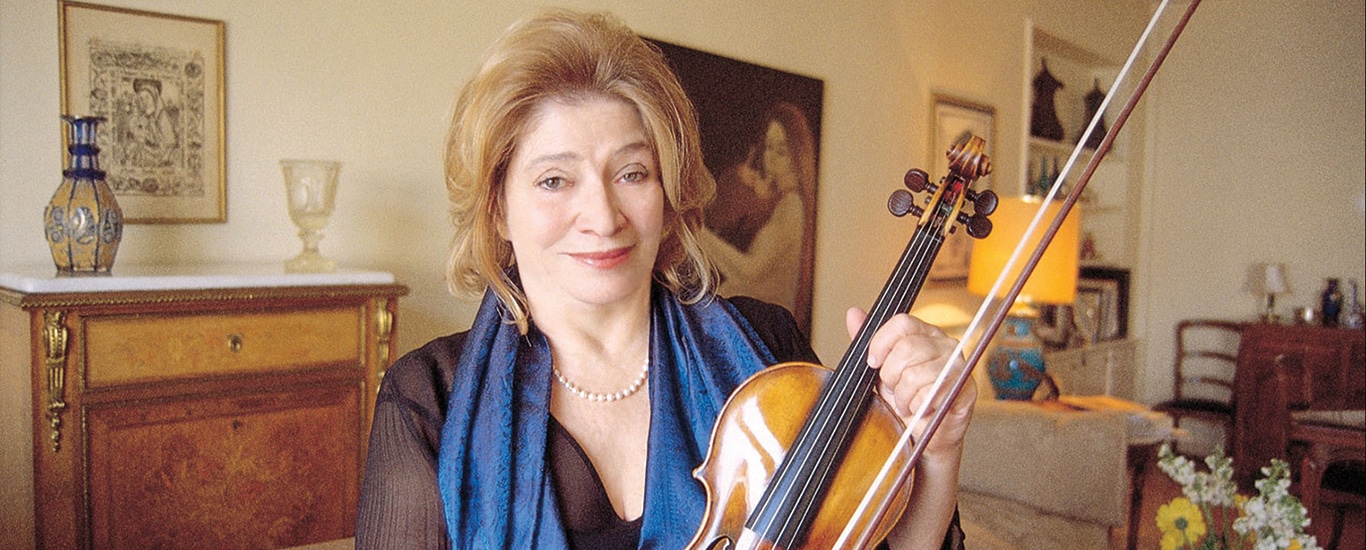In a critical condition (5)
UncategorizedWhen the versatile writer Alan Brien died in May this year, obituarists reminded us that he was the first person to be hired in 1960 by the new-founded Sunday Telegraph, in the post of drama critic. ‘On this we can build,’ the editor is supposed to have declared as, around Brien, he formed a team of witty, incisive and never-too-sententious Sunday writers.
Couldn’t happen now, I hear you say. No paper would ever construct itself around an arts critic, and no critic could ever be held to personify a newspaper in the way that Brien did, or Neville Cardus on the Manchester Guardian, Marcel Reich-Ranicki on the Frankfurter Allgemeine, Pauline Kael on the New Yorker, and others of a golden age.
Or could it? We keep hearing media executives talk of innovation when they mean sackings – the latest to use this euphemism is the boss of The Age and Sydney Morning Herald in Australia, where 550 jobs are about to go.
But innovation is not made overnight. It comes from the experience and wisdom of newspaper veterans who have seen it all before and know what works and what won’t. Getting rid of good critics is a symptom of media death wish. It declares that a newspaper has no sense of its past, present or future, and no conversation with its readers.
A newspaper that cherishes and promotes its critics – as The Scotsman does, for instance, during the Edinburgh Festival – offers readers a reliable benchmark against which they can measure their own reactions and opinions to things they have seen and heard. The Scotsman deploys its critical team strategically in festival time as a way of setting itself apart from the range of free newspapers that flood the city streets.
In Salzburg, likewise, the local Nachrichten is read more closely during festival time than any of the national or international papers because its critics provide a clearer context day by day of events in the present festival against triumphs of the past. Their value cannot be measured purely in payroll terms.
True, few critics these days have the fame or clout that Brien, Cardus and Reich-Ranicki did in their pomp, but arts critics still form the thin blue line between a newspaper of value and a throwaway sheet.
They can be, in the public perception, the soul of a newspaper or at the very least its conscience. Executives who ignore that truth will follow the critics they fire very rapidly onto the nearest dole queue.





Excellent points. The more I thought about it, the more what you’re talking about reminds me of sports coverage. The well-rounded, before-and-after world of sports writing really does engage with the public. Why not music?